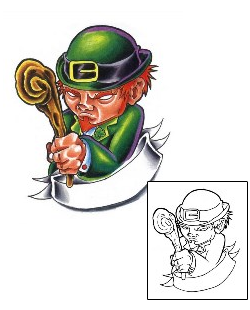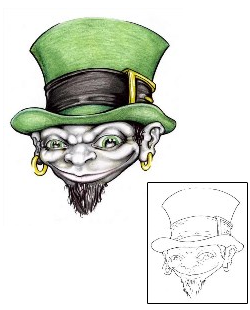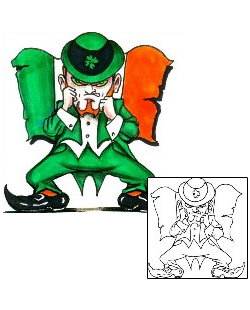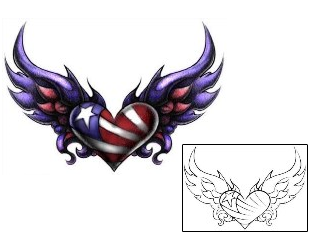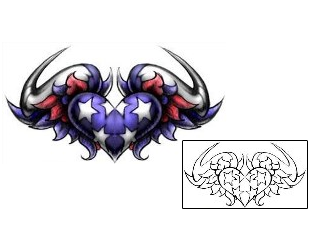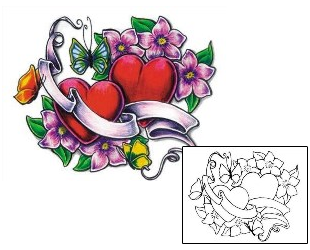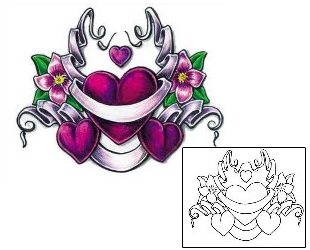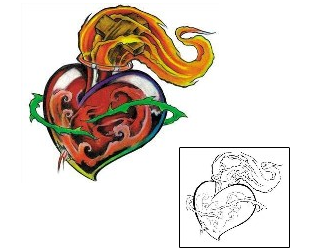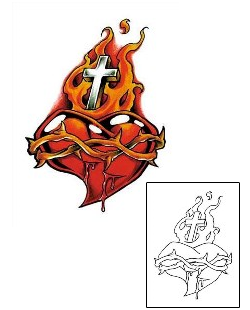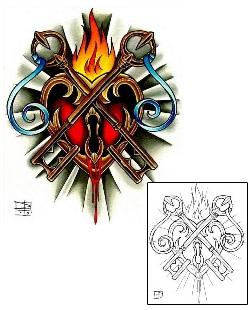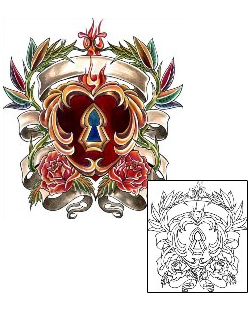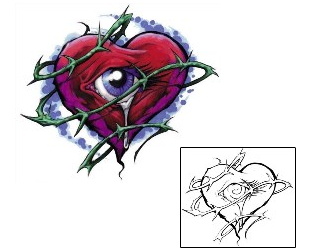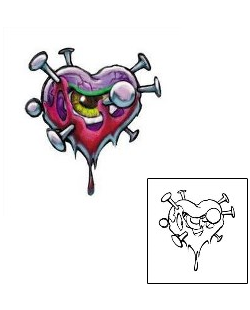In Irish mythology, a leprechaun is a type of male fairy that is said to inhabit the island of Ireland. They usually take the form of tiny old men who enjoy partaking in mischief. Usually their trade is a cobbler or shoemaker and they are said to be very rich, having many pots of god hidden all over. According to legend, if you keep your eye on a leprechaun, he cannot escape but the moment you take your eyes off him, he vanishes.
Leprechauns rarely appear in what would be classed as a folk tale. In almost all cases, the interest of these stories centers round a human hero. Stories about leprechauns are generally very brief and generally have local names and scenery attached to them. The tales are usually told conversationally as any other occurrence might be told, whereas there is a certain solemnity about the repetition of a folk-tale proper.
In most tales and stories, leprechauns are depicted as generally harmless creatures that enjoy solitude and live in remote locations. Opinion is divided as to if they ever enjoy the company of other spirits. Although rarely seen in social situations, leprechauns are supposedly very well spoken and, if ever spoken to, could make good conversation.
Among the most popular of beliefs about leprechauns is that they are extremely wealthy and like to hide their gold in secret locations, which can only be revealed if a person were to actually capture and interrogate a leprechaun for its money. By nature, leprechauns are said to be ill natured and mischievous, with a mind for cunning.
Leprechaun tattoos are a distinctly Irish and are usually found on those with some sort of Irish background. Leprechauns may also be grouped with other Irish themed tattoo elements like shamrocks and the color green.


